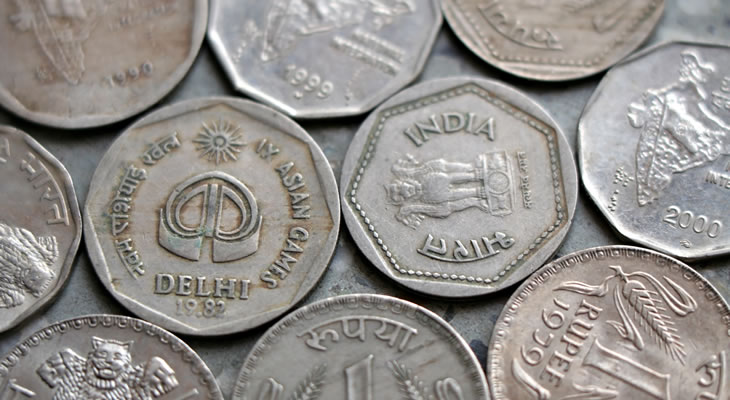UK Spring Budget in the Spotlight – What can Markets Expect for the GBP/INR Exchange Rate?
The Pound Sterling Indian Rupee (GBP/INR) exchange rate kicked off Monday on strong form, rising on anticipation of a possible upward revision in tomorrow’s Office of Budgetary Responsibility (OBR) forecast and a notable downward shift in India’s inflation rate.
Indeed, the focus for the Pound Indian Rupee (GBP/INR) exchange rate will soon shift to tomorrow’s UK Spring Budget statement, with Chancellor Philip Hammond due to provide an update on Britain’s economic and fiscal outlook.
Whilst no massive changes are expected in terms of budgeting, markets are hoping that the OBR growth forecasts will be ramped up to 1.5% for both this year and the next.
This is largely due to the UK’s improved economic performance since last November, with the latest optimism expected to push the OBR away from previous pessimistic forecasts and closer towards an optimistic outlook.
Ryan Djajasaputra, Analyst at Investec echoed this viewpoint, stating:
‘It is always difficult to predict other institutions’ forecasts. However, in terms of the Spring Statement, we would expect the GDP growth projections to be a little more upbeat’.
If the forecasts are upwardly revised then the GBP/INR exchange rate could climb even further.
Indian Retail Inflation Decelerates, Indian Rupee (INR) Exchange Rates Come Under Pressure
India’s annual retail inflation eased for the second consecutive month in February; falling to 4.44%, down from the previous period’s 5.07% and market forecasts of 4.8%.
This was largely due to a winter decline in vegetable prices, with a fresh supply of tomatoes and onions (due this month) expected to pull prices even lower.
This marked the lowest inflation reading in four months, a result that could potentially give the Reserve Bank of India (RBI) even more reason to keep interest rates on hold.
Indranil Pan, Chief Economist at IDFC Bank, Mumbai, echoed this outlook, stating:
‘We see the RBI on a long pause. Some upticks can happen, however, we do not see the risk of inflation going beyond 6%’.
Nonetheless, this result was not below the bank’s target of 4%, so the contraction was not a massive cause for concern for the markets.
In other news, industrial production in India shifted higher in January, climbing to 7.5% year-on-year, up from the previous 7.1% and the forecast of 7.4%.
Manufacturing production also proved positive, printing at 8.7% in the same month, up from the previous 8.5% and the forecast of 8.6%.
This was largely aided by a low base in the same month last year, with operations previously disrupted by the government’s cash purge.
Nonetheless, this sharp rise could be a strong indicator that the industry is finding its feet, though markets will be waiting to see if the trend continues for a few more months before investing too heavily into this outlook.
US Consumer Price Inflation Liable to Make or Break the GBP/INR Exchange Rate
The Indian Rupee (INR) could see some support tomorrow, depending on the performance of the latest US inflation readings and how the US Dollar (USD) responds.
Markets are currently expecting the month-on-month reading to decelerate in February, though the yearly reading is forecast to inch slightly higher.
These readings will be carefully scrutinised by the markets, as a notable contraction in US inflation would curb the possibility of a rate hike this month from the US Federal Reserve.
This would, in turn, limit the US Dollar and provide support to riskier currencies like the Indian Rupee.
However, the converse could also apply: An upbeat reading could cement the chances of 4 rate hikes this year, rather than 3, thus bolstering the ‘Greenback’ and likely leaving the Indian Rupee floundering.


Comments are closed.